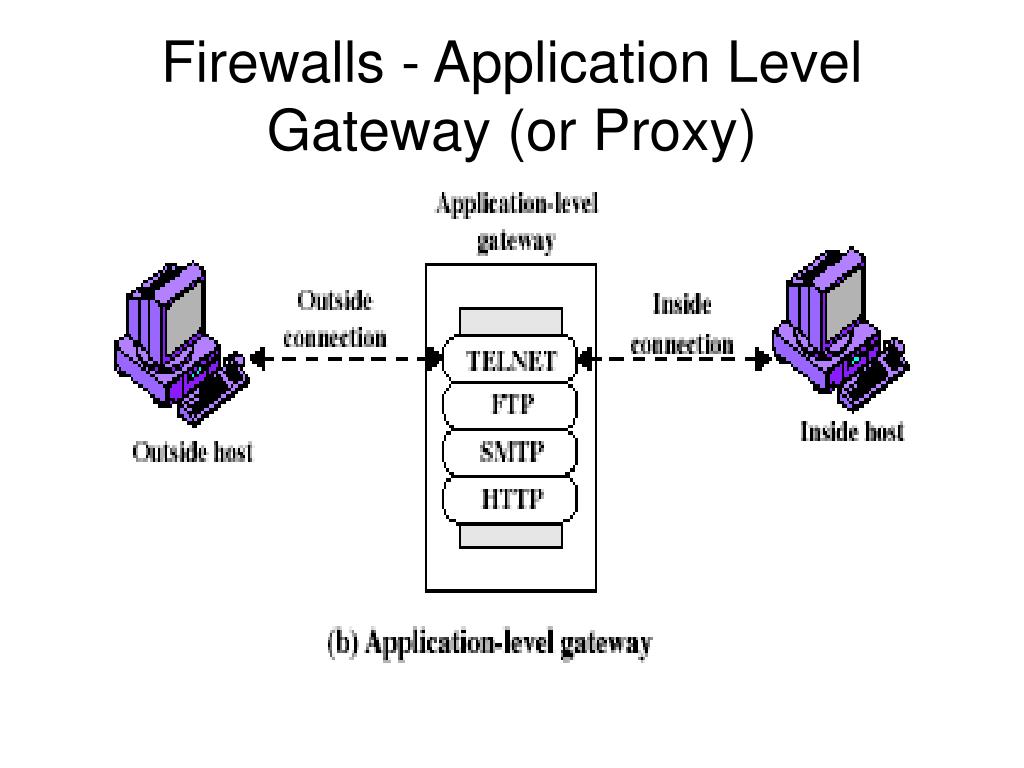

These opportunities, if tapped, can significantly improve fiscal and operational efficiencies in AMI services.

Results show that, like every other communication technology, BPLC has certain limitations however, with some modifications in the network topology, it indeed can fulfill most AMI traffic requirements for flexible and time-bounded applications. In each case, the network is stress-tested and performance is assessed against acceptable thresholds documented in the literature. This study also examines the communication network response to changes in application configurations in terms of packet sizes. By applying the disparate traffic characteristics of selected AMI applications, the network performance is evaluated. This paper investigates broadband power line communications (BPLC) as a backhaul solution in AMI.

It is therefore necessary to investigate how much of existing communication technologies can be retrofitted into the new energy infrastructure to cost-effectively deliver acceptable level of service. Current communication technologies were developed for conventional data networks with different requirements. A key challenge is how to select a cost-effective communication system without compromising the performance of the applications. Advanced metering infrastructure (AMI) subsystems monitor and control energy distribution through exchange of information between smart meters and utility networks.


 0 kommentar(er)
0 kommentar(er)
